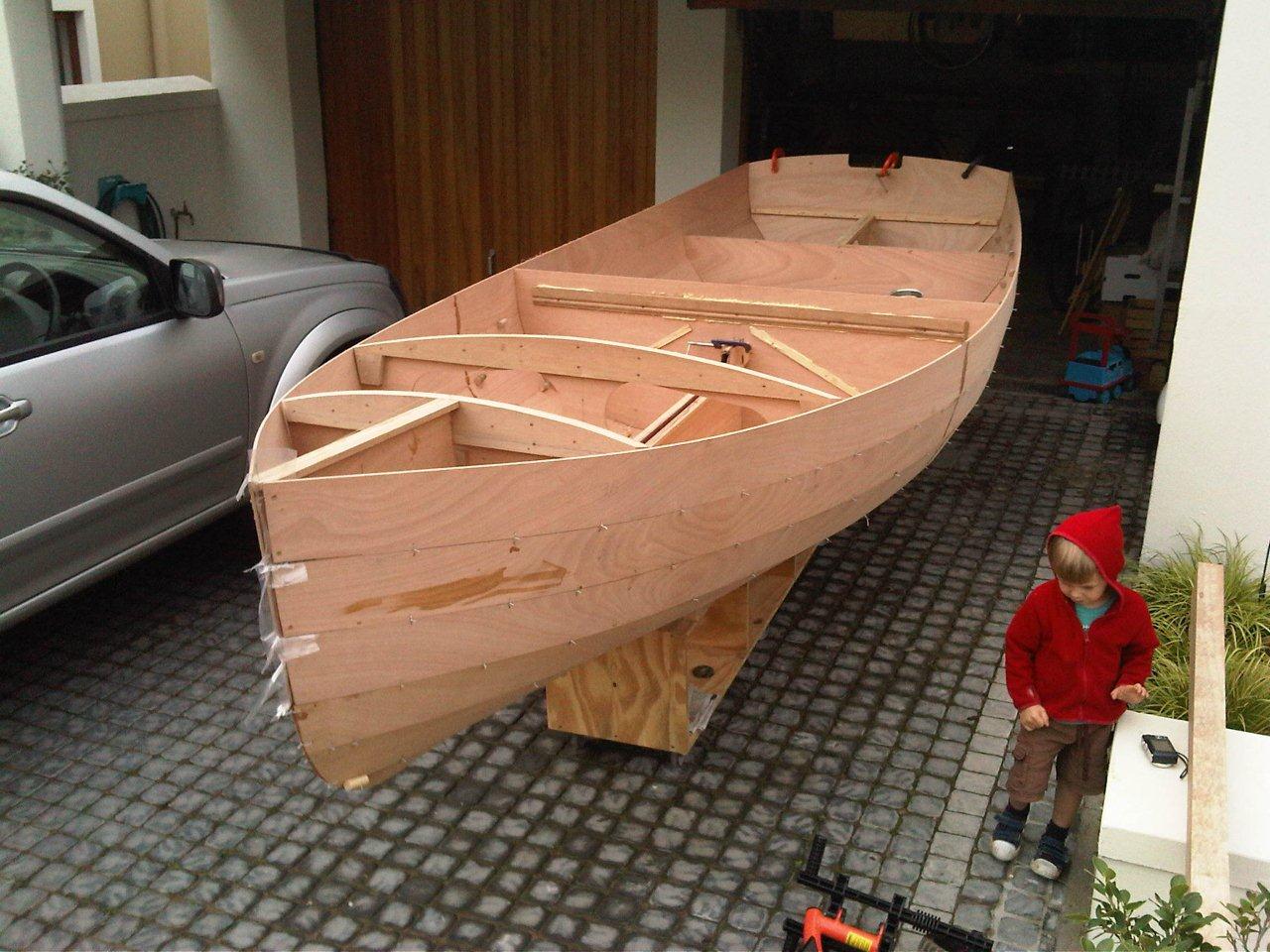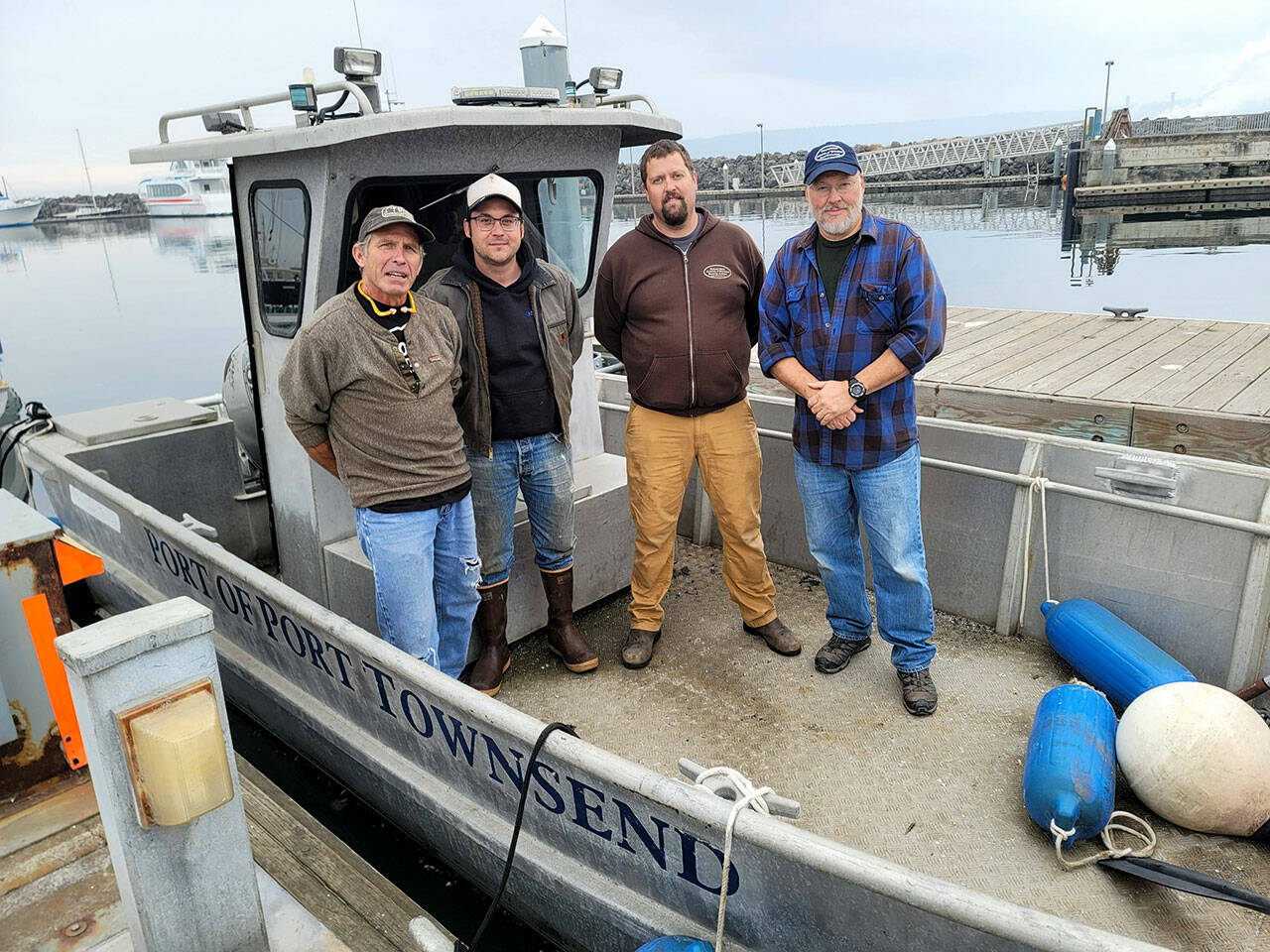Build a Boat Plans for Crafting a Boat with Maximum Efficiency
Beyond the Blueprint: Unveiling Hidden Efficiency in Boat Building
Building a boat is a monumental task, a testament to human ingenuity and craftsmanship. While countless plans exist, optimizing for maximum efficiency often remains a whispered secret, a blend of intuition and hard-won experience. This article delves into those often-overlooked aspects, offering fresh perspectives for hobbyists, professionals, and anyone fascinated by the art of boat construction.
The Unsung Heroes of Efficient Boat Building: Questions & Answers
Beyond the Wood: Material Selection's Impact on Efficiency
Q: Isn't just using the "best" wood the key to efficiency?
A: Not necessarily. While high-quality wood is crucial for durability, focusing solely on the most expensive option ignores the broader picture. Consider these factors:
- Source and Sustainability: Locally sourced wood reduces transportation costs and environmental impact, significantly impacting your overall project efficiency.
- Waste Minimization: Careful planning of cuts and the creative reuse of offcuts can dramatically decrease material waste, a considerable cost factor. Explore techniques like kerfing (cutting slots) to bend wood without steam, reducing material use.
- Alternative Materials: Don't rule out alternatives! Modern composites, like fiberglass-reinforced polymers, offer strength-to-weight ratios superior to traditional wood in some cases, accelerating construction and potentially reducing overall cost. Researching these materials can dramatically impact your project timeline and budget.
The Power of Pre-Fabrication: Streamlining the Process
Q: Isn't building everything on site more traditional and somehow 'better'?
A: Tradition isn't always synonymous with efficiency. Consider pre-fabrication:
- Modular Construction: Breaking the boat into manageable modules (e.g., hull sections, deck components) allows for parallel construction, significantly reducing the overall build time. This can also be done in a more controlled environment, improving quality.
- Jig Mastery: Investing in jigs and templates for repetitive tasks (like frame construction or plank fastening) drastically speeds up assembly and ensures consistent quality, reducing errors and rework.
- Dry Assembly: Practice assembling components dry before using adhesive or fasteners. This allows for adjustments and ensures a perfect fit before committing to permanent joining, greatly reducing potential setbacks.
Beyond the Plans: Harnessing Digital Tools for Efficiency
Q: Aren't traditional methods enough for efficient boat building?
A: Digital tools offer incredible efficiency gains:
- 3D Modeling: Software like Fusion 360 or SketchUp allows for detailed design and visualization, catching potential flaws before construction begins and optimizing material usage. It also allows for easier modification of plans to suit your skills and resources.
- CNC Machining: For intricate parts or large-scale projects, CNC routing can produce precise components with speed and accuracy far surpassing hand-crafting.
- Digital Collaboration: Online platforms facilitate collaboration with other builders, sharing insights, troubleshooting issues, and finding solutions to challenges more efficiently.
Real-World Efficiency: A Case Study
One amateur boat builder, using a combination of pre-fabrication (building hull sections off-site), digital design (using Fusion 360 to optimize timber usage), and careful material selection (locally sourced cedar), reduced his build time by 40% compared to similar projects documented online. His final product was not only faster to build but also lighter and more robust due to the optimized design.
Conclusion: Redefining Efficiency in Boat Building
Building a boat is a journey of discovery. While traditional methods hold value, embracing new technologies and approaches dramatically enhances efficiency. By thoughtfully considering material choices, employing pre-fabrication techniques, and leveraging digital tools, boat builders can achieve remarkable results, turning a challenging project into a rewarding and efficient experience. The key is to go beyond the blueprint and discover your own path to maximized efficiency.











